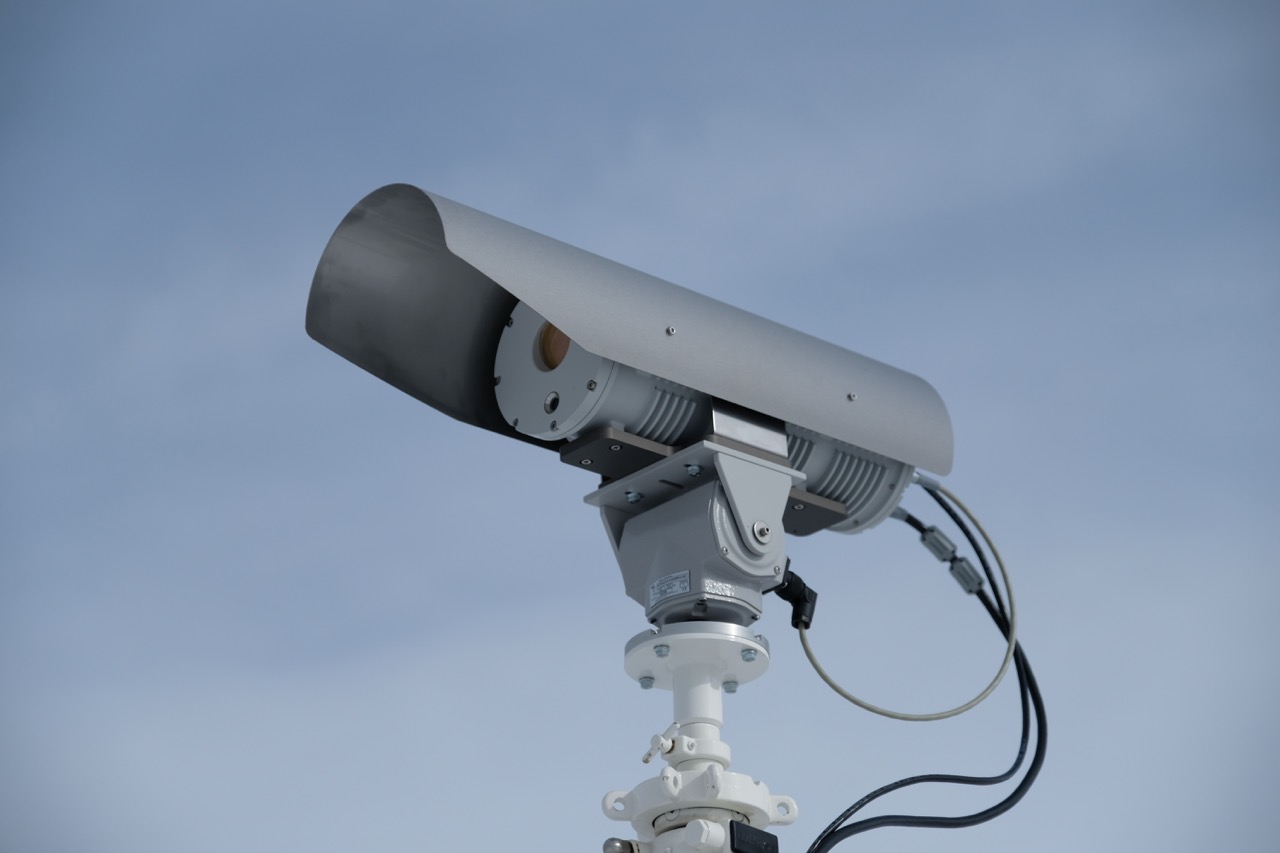The methane lidar camera is approved by the EPA as an alternative test method and achieved top performance at METEC
Repsol Sinopec lidar camera trial advances methane emissions detection
Lidar technology proved accurate and instrumental to identifying and quantifying fugitive methane emissions at the Flotta Oil Terminal off the coast of Scotland.

Repsol Sinopec Resources UK Ltd. (Repsol Sinopec) wanted to identify and quantify methane emissions at the Flotta terminal site. Committed to lowering fugitive emissions, Repsol Sinopec initiated a trial using methane lidar camera* technology that uses tunable diode laser imaging, detection, and ranging to visualize and quantify methane emissions. The trial was jointly conducted by SLB and QLM Technology Ltd. The intent was to
- detect any methane emissions at the oil terminal
- enhance quantification of methane emissions in line with new emissions reporting standards
- understand how straightforward deployment of a quantum gas lidar sensor can continuously and effectively monitor an entire large site
- evaluate how methane emissions can be quickly detected, pinpointed, and quantified, even in a large and complex infrastructure
- assess the use of methane sensing technology which could be deployed and stationed at site for longer term durations providing ongoing methane surveillance.
*Methane lidar camera is a licensed product of QLM Technology Ltd.
Over the weeklong trial, two methane lidar sensing systems were deployed on platforms at heights of up to 20 m to facilitate measurements at numerous positions across the terminal. A thorough lidar scan of the terminal revealed a few methane emissions. However, the emission rates quantified by the lidar equipment were too small for detection by some conventional fugitive emission monitors.


The methane lidar systems achieved
- successful identification and quantification of previously unknown minor emissions, all below regulatory reportable limits
- characterization of highly intermittent emissions that would be difficult to identify and quantify during periodic walkover surveys
- detection, localization, and quantification of point-source emissions and wide-area diffuse emissions
- novel, custom mounting of the camera at the Flotta terminal
- confirmation that most of the site was not emitting.
The bottom line
- Technology performance was proved on a live, real-world facility.
- Methane emissions, once pinpointed, provided Repsol Sinopec the data to be able to remediate emissions in priority according to size, safety, or maintenance concerns and also to compare top-down with bottom-up calculations.
- Emissions at the Flotta terminal were readily detected and quantified by the technology, even for emissions too small for some conventional detection methods. The detailed information provided by the lidar equipment could be used to enable Repsol Sinopec to further reduce emissions.
- The trial demonstrated that large, complex facilities such as the Flotta terminal can be continuously monitored for methane emissions using strategically positioned lidar equipment.
